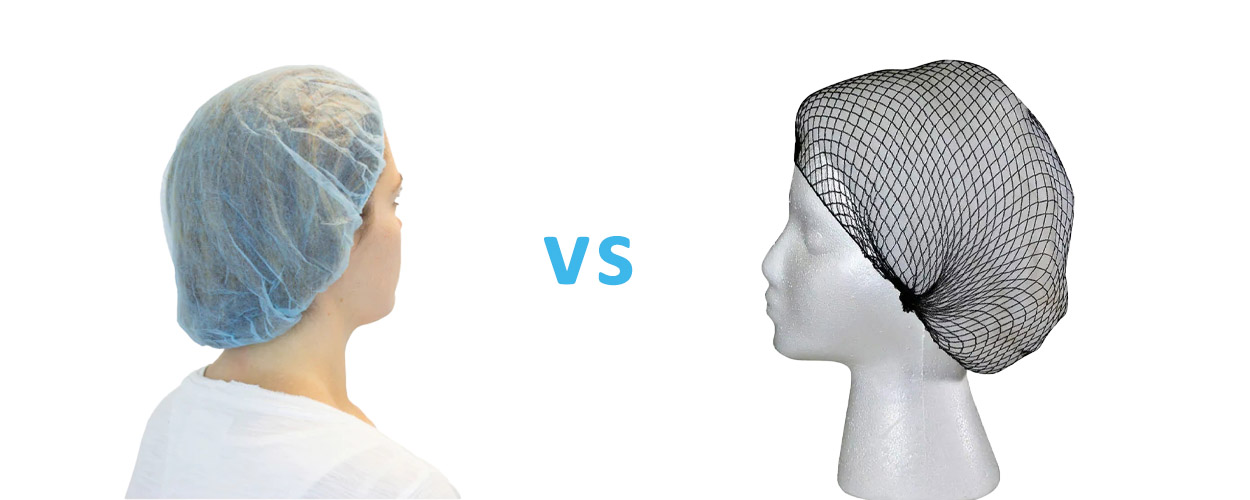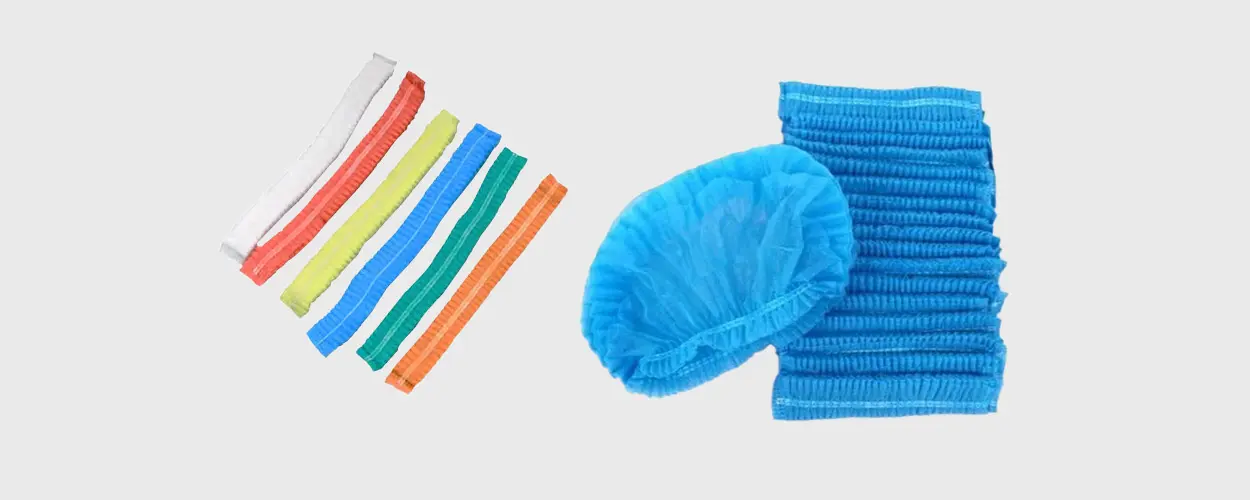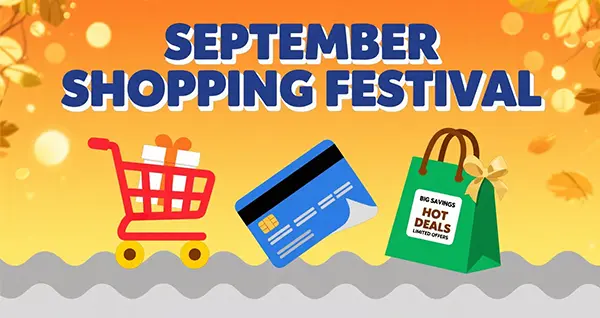The Bouffant Cap is a must-have for places where cleanliness matters most—hospitals, food labs, factories. Its full-coverage design keeps contaminants out. Let’s break down its key features, how to pick the right one, and where it’s used—all in Q&A!
Q1: What is a Bouffant Cap?
Bouffant cap is a disposable protective head cover made of PP and non-woven fabric materials. It can completely cover the hair and wrap around the ears. Its main applications include:
Prevent dandruff or hair from falling into a sterile environment and serve as a barrier to maintain a sterile environment. Such as operating rooms, laboratories and dust-free workshops.
Sometimes, it is also used to protect the wearer’s head from external oil stains. Such as food processing and pastry shops.
Q2: Why Wear a Bouffant Cap?
- Curb contaminants: Prevent fallen hair and dandruff from entering sterile areas or food processing zones.
- Regulatory compliance: Mandatory requirements in medical environments (such as operating rooms), food production (FDA/HACCP standards), and the pharmaceutical industry.
- Comprehensive protection: Work in coordination with masks and protective suits to minimize the risk of cross-contamination.
Q3. Bouffant Cap vs. Hairnet: What’s the Difference?

| Feature | Bouffant Cap | Hairnet |
|---|---|---|
| Coverage | Full head, including sides, back, and ears | Covers mainly the top and back of the head |
| Particle Control | High – traps hair, dandruff, and skin particles | Low – loose hairs and flakes may escape |
| Comfort | Loose fit, breathable, no scalp pressure | Tighter fit, can be itchy or cause “hair dents” |
| Material Options | PP, SMS, anti-static, biodegradable | Mostly nylon or polyester mesh |
| Disposable | Yes (single-use) | Yes (but often reused in non-medical settings) |
| Compliance Level | Suitable for FDA, GMP, OSHA, and cleanroom standards | Acceptable in low-risk or casual food prep |
| Best Use Case | Surgery, pharmaceuticals, electronics, food factories | Cafes, bakeries, basic food handling |
| Available Sizes | Multiple (petite to XL) | Mostly one-size |
| Color Coding Available | Yes (blue, white, pink, green, etc.) | Rarely – usually beige or brown |
| Appearance | Professional and clean | Informal or basic-looking |
| Recommended Star Rating | ★★★★★ (for hygiene-critical environments) | ★★☆☆☆ (for light-use settings) |
Summary Tip:
If your environment requires strict hygiene, bouffant caps are the industry standard. Hairnets are only ideal for light-duty or non-regulated spaces.
Q4. How Do I Choose the Right Size?
Most bouffant caps are one-size-fits-most with elastic bands fitting heads from 21″ to 25″. But here are your sizing tips:
Petite (21″-23″) – Best for snug fits or under helmets
XL (26″+) – For thick hair or buns
Color Coding – Blue (standard), White (cleanroom visibility), Pink (maternity units)

Q5. What Are Bouffant Caps Made Of?
- Polypropylene (PP) : The most common type, breathable, and free of fuzz.
- SMS: A layer of non-woven fabric is added to the middle layer, providing better protection and greater durability, making it suitable for surgical use.
- Eco-friendly: caps made of biodegradable plant fibers that can decompose within 6 to 12 months
Q6. How Much Do Bouffant Caps Cost?
The price of bouffant caps varies depending on material quality and quantity. Here’s an overview of typical pricing (the prices are end-user retail prices):
| Type | Price (per 100 caps) |
| Basic PP Caps | $4 – $8 |
| Premium (anti-static, anti-fog) | $12 – $20 |
| Eco-Friendly Options | $15 – $30 |
If you’re looking for reliable bouffant cap manufacturers, feel free to contact us. We are a professional dental supplies exporter with over 14 years of experience, offering the most competitive prices in the market.
Q7. Can I Reuse Bouffant Caps?
Absolutely forbidden:
❌ Medical field: The single-use principle must be strictly followed. Reuse is strictly prohibited.
❌ After getting wet with sweat: The humidity will weaken the adsorption property of the meltblown fabric, and its protective ability will decline, making it unusable again
Limited reusability:
✅ non-strictly hygienic environments (such as beauty studios)
Q8. The Hidden Benefits of Bouffant Caps
It is better than a hair tightening net to prevent hair from being too tight and causing discomfort
It is convenient to use tools such as stethoscopes
Q9. Common mistakes to avoid when wearing a bouffant cap
- Wearing it in reverse, the elastic seam should be at the back of your neck
- The hair is not fully covered, like the temples are exposed
- Use standard caps in anti-static sensitive environments (please use anti-static fluffy caps)
Pro Tip: Check in front of a mirror before entering the sterile area
Q10. How Long Can Bouffant Caps Be Worn?
Recommended Wearing Time:
| Environment | Max Recommended Wear Time | Reference |
| Surgical Rooms (High Temp) | 2 hours | AORN Guidelines 2023 |
| Food Cold Storage (≤4°C) | 4 hours | NSF/ANSI 49 |
| Electronics Workshop (Low Humidity) | 8 hours | ESD Association |
Q11. Is it Safe for People with Allergies to Wear Bouffant Caps?
Most bouffant caps are made of non-latex materials. However, if you are sensitive to polypropylene or other synthetic fabrics, be sure to check the product specifications before use to understand the material details.


